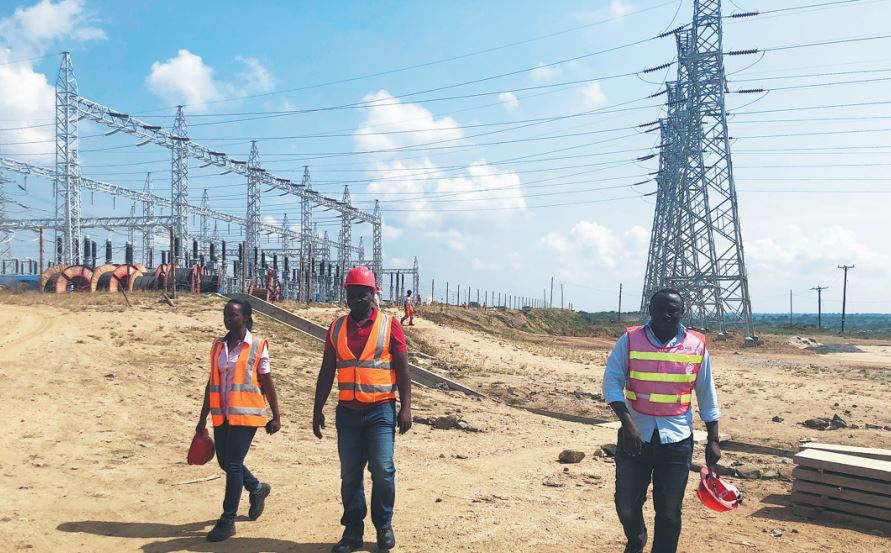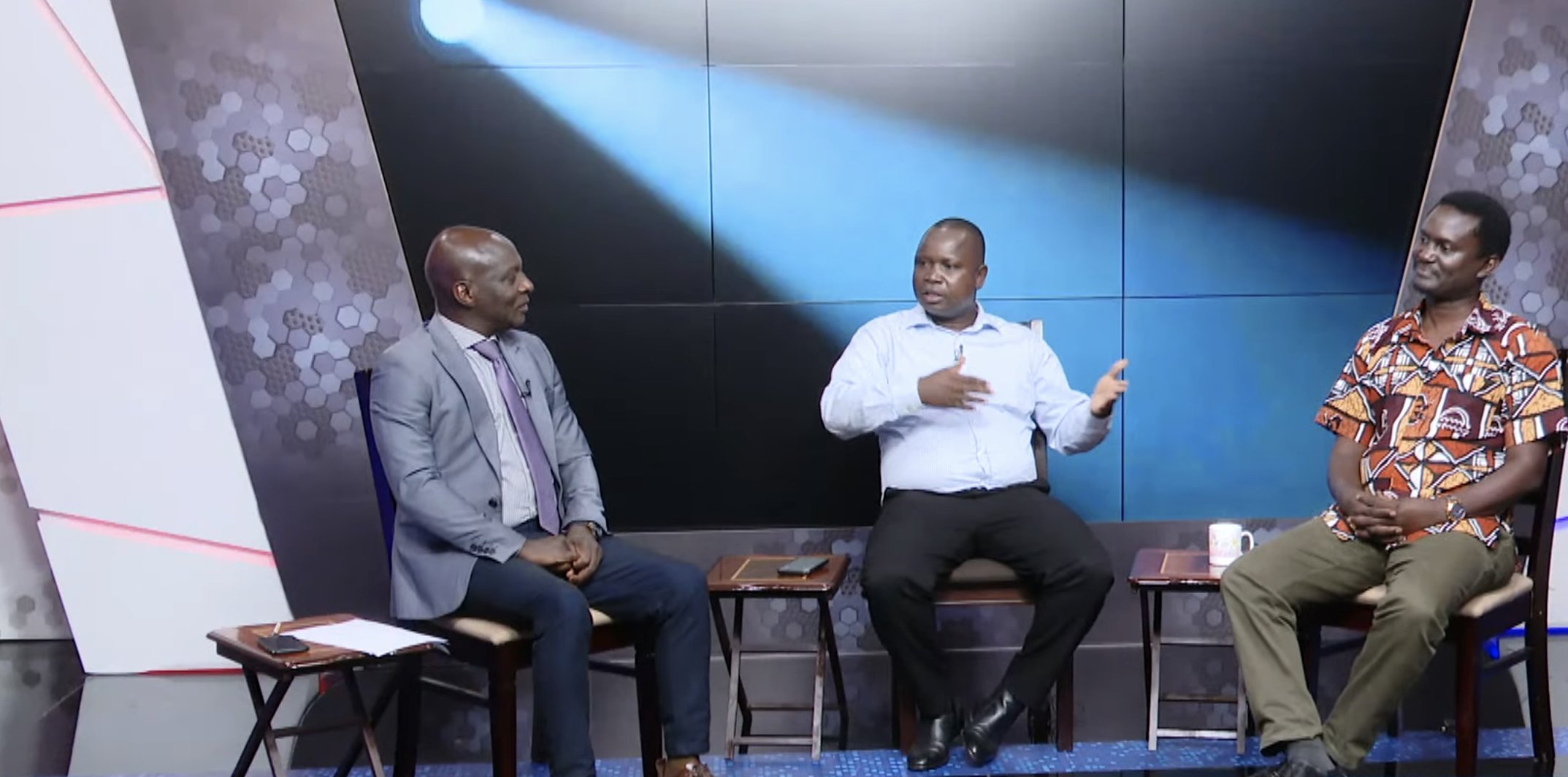Long overdue elections for women councils will now be held alongside polling for Local Councils 1 and 2 across the country in the foreseeable future.
After a two-month delay past the statutory deadline, the Ministry of Finance has finally allocated funds for the long-overdue elections of lower local council leaders. This development is expected to address the political-administrative vacuum that emerged due to budgetary constraints.
The Electoral Commission (EC) is currently preparing for these elections and will soon announce a detailed schedule and guidelines. Paul Bukenya, the EC spokesperson, stated that they have the program ready.
The delay in these elections, originally slated for July 10, led to concerns because these councils play a vital role in local government. In response, the government extended the tenure of village (local council I) and parish (local council II) leaders for an additional six months. However, women councils have remained without office bearers for over a year due to inadequate budget allocations.
The Finance Ministry recently announced the release of UGX 58 billion to cover the expenses of elections for local council I and II, as well as women councils. The original budget was UGX 80 billion, raising questions about how the EC will manage various pre-election activities within the reduced budget.
Village and parish political structures, defined by Section 45 of the Local Government Act, serve essential functions such as maintaining law and order, assisting in armed forces recruitment, facilitating public projects, endorsing identification applications, and managing land transactions.
Uganda comprises 71,216 villages and 10,717 parishes, each with an 11-member executive committee. The guidelines for electing village and parish administrative unit chairpersons involve the nomination and approval of executive committee members. The chairperson, selected by registered village residents aged 18 and older, works alongside a committee with various responsibilities.
LCII chairpersons are elected through an electoral college consisting of executive committees from all villages in a parish or ward. They also have a ten-member team elected from within the college.
Elections for women councils follow a different process, beginning at the village level and proceeding to the district level through electoral colleges. At the time of the suspension of women council elections in June 2022, registration was complete, but it remains unclear whether a new register will be compiled for the upcoming elections.
The voting method varies by level: lining up at the lower units and secret ballots at the district and city levels.
The Women’s Council Act establishes women councils at various levels, from village to national. Eligible members are women aged 18 and above who are registered voters and residents of their village. Academic qualifications are not required.
In summary, these elections aim to fill crucial local government positions that have been vacant for too long, and the allocation of funds is expected to facilitate the process.
Local Council I (LCI) and II (LCII) Executive Committee Members’ Roles
| Position | Responsibilities |
|---|---|
| Chairperson | Overall leadership and coordination |
| Vice Chairperson | Secretary for Children Welfare |
| General Secretary | Administrative duties |
| Secretary for Information, Education, and Mobilization | Communication and education |
| Secretary for Security | Maintaining law and order |
| Secretary for Finance | Financial management |
| Secretary for Production and Environmental Protection | Managing production and environmental matters |
| Secretary for Youths | Youth affairs |
| Secretary for Women and Public Health Coordinator | Women and public health matters |
| Secretary for Persons with Disabilities Affairs | Disability-related issues |
| Secretary for the Council of Older Persons | Elderly persons’ concerns |
Table 2: Qualifications for Local Council I (LCI) and II (LCII) Elections
| Qualifications |
|---|
| Resident in the village |
| Aged 18 years or above |
| Citizen of Uganda |
| Registered voter |
| No academic qualifications required |
| No nomination fee required |
Women Council Elections Process
| Step | Description |
|---|---|
| 1 | All willing women of a particular village register to form the village council and elect five members. |
| 2 | Elected members from all villages in a parish form the parish/ward electoral college, which elects five leaders from among themselves. |
| 3 | These five leaders from all parishes form the sub-county/division, town council electoral college. |
| 4 | The sub-county electoral college elects four members of the District Women Council. |
| 5 | National conference for the election of the National Women’s Council. |




















